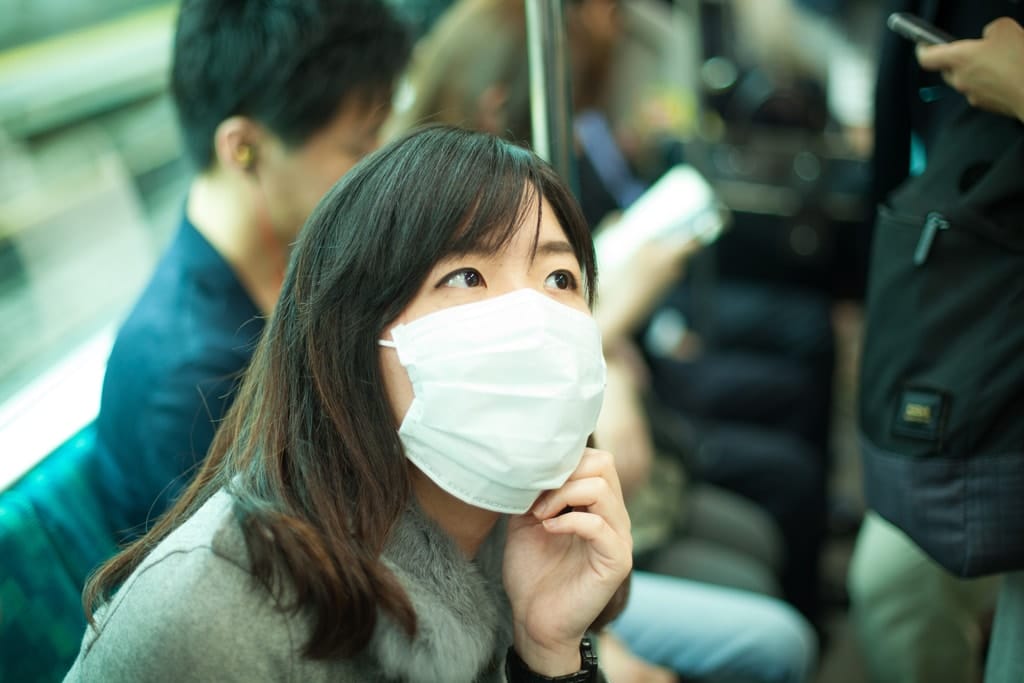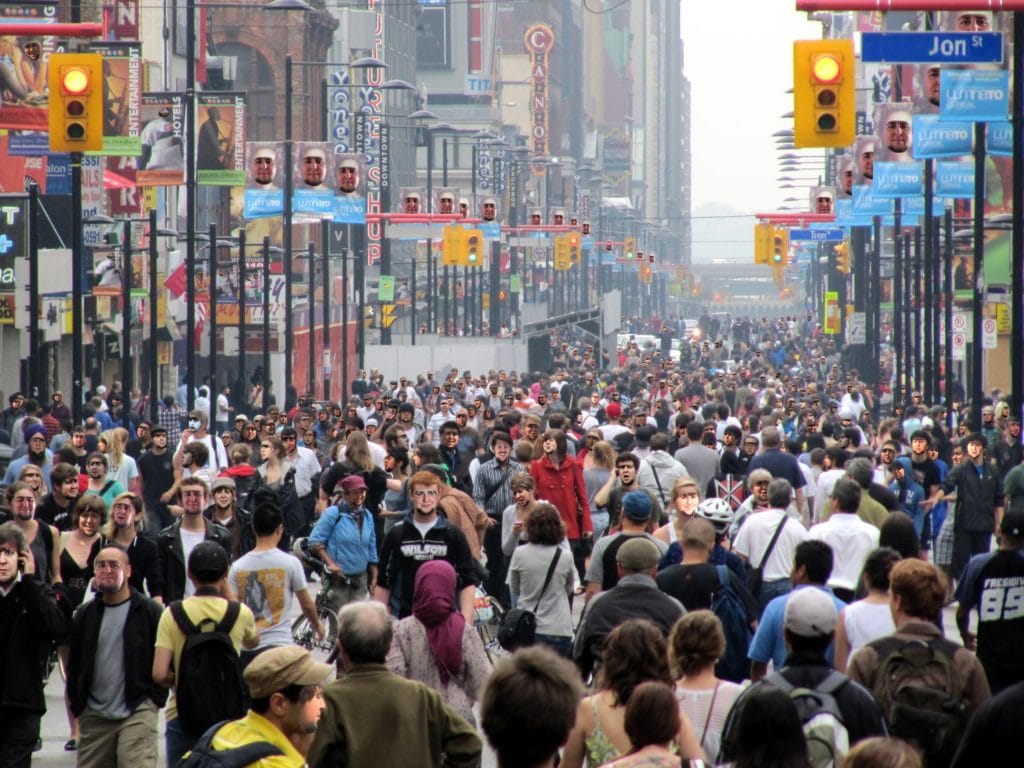With Covid-19 still prevalent around the world almost two years following its inception, many have thrown around the term “herd immunity” as a possible end goal. Herd immunity occurs when the majority of a population has been vaccinated against or has the antibodies to stave off further infection of a disease or virus. Once enough people are vaccinated or have already been exposed to the virus, everyone is protected from the virus, not just those immunized. There are fewer germs to spread when this is the case, as well as less likelihood of an outbreak. With the release of a vaccine, herd immunity is more likely to be a solution to irradicating the spread. Diseases experienced by older generations such as polio or smallpox have been virtually non-existent since the vaccine was required in young children.

Scientists have predicted that in order for a country to reach herd immunity about 70-90% of the population needs to be immunized. Reaching this amount is what’s called the herd immunity threshold. So far, around 54% of the U.S. population has been fully vaccinated. Estimates vary widely in regard to the number of people already exposed to the virus and are likely to be inaccurate due to shotty state reporting. However, researchers agree we are not yet near herd immunity. Even if we reached the threshold there are many other factors to consider. A virus or disease is constantly changing itself within a given population. Variants like the Delta or Mu make reaching herd immunity more difficult. Especially if they are more contagious than the original pathogen like the Delta variant is. In addition, it’s important to remember that Covid-19 is a relatively new development; researchers are still unsure of the chances of reinfection, and the success rate of the vaccine against new variants. With all of these possibilities in mind, it is easy to understand the hesitancy displayed by scientists surrounding herd immunity as a possible answer to the spread of covid.

Uneven vaccine distribution both within nations and around the world makes traveling a danger. This is amplified by vaccine hesitancy, which is preventing communities from opening up without the threat of infection. Making policies regarding the opening of businesses and communal areas despite the threat of infection relies heavily on data science. That is making predictions about the chances of infection within a population using data and data models. However, these models are changing. Vaccinated people are more likely to go out and interact with people, even those unvaccinated. Scientists know the vaccine isn’t 100% effective at preventing the virus from infection, thus predicting the threshold for herd immunity is a very complex problem: one that relies on estimating human behavior. Therefore, herd immunity is unlikely to be the cure-all that can finally end our pandemic woes, but that doesn’t mean it shouldn’t be the goal.